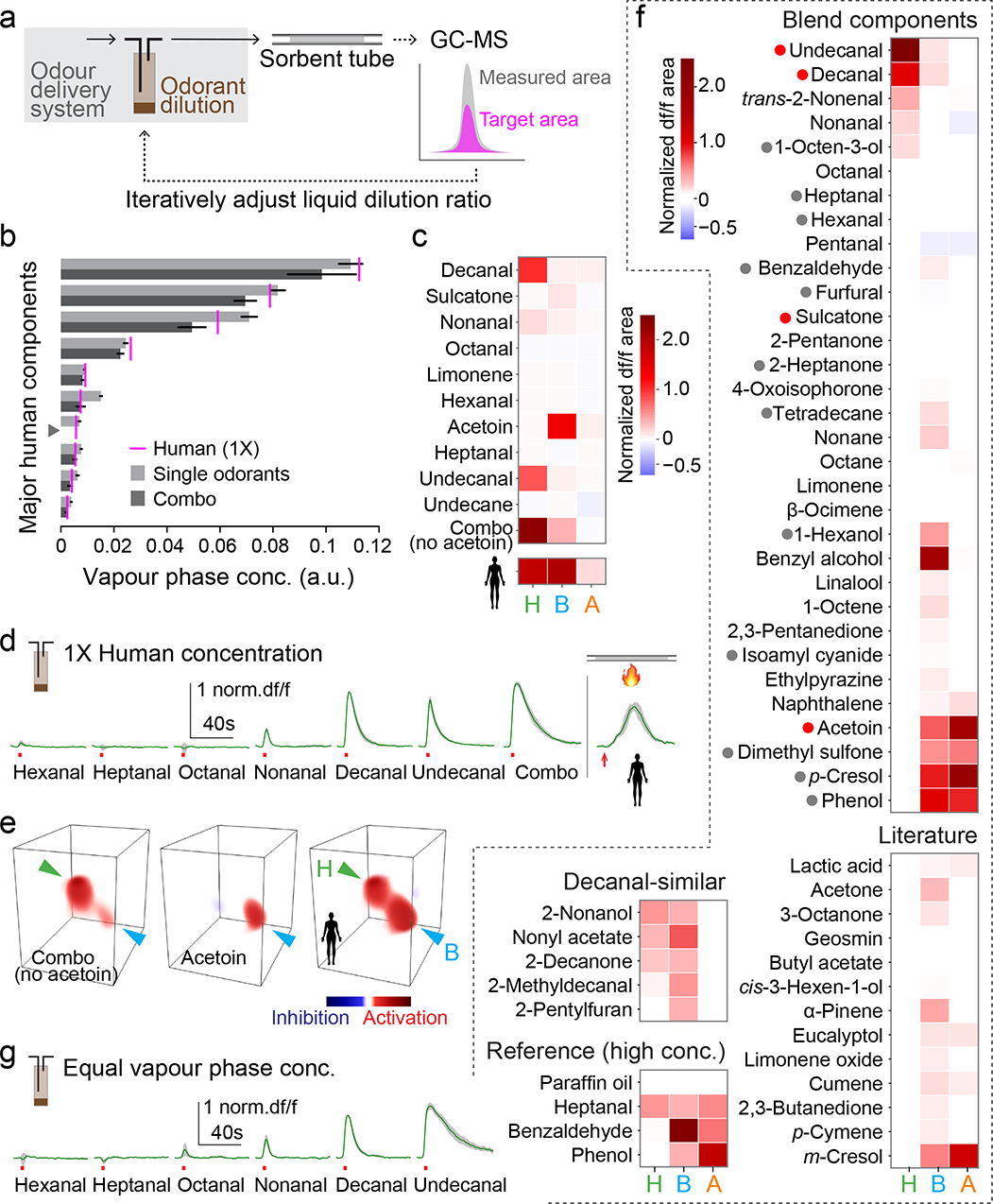Fig. 5 |. Tuning of focal glomeruli to major host odorants can explain response to blends.

a, Single-odorant delivery system and procedure used to calibrate vapour-phase concentrations. b, Vapour-phase concentration of 3-sec puffs of major human odorants (delivered singly or as a ‘combo’ mixture) calibrated to match those found in 1X human odour (magenta lines). Arbitrary units reflect GC-MS peak area. Odorant names as in (c). Acetoin was excluded from the mixture (grey arrowhead). n=4–5 puffs. c, Mean normalized response to stimuli from (b). n=4 mosquitoes. d, Time traces for H response to aldehydes and combo from (b,c) plus 1X human odour delivered by thermal desorption. e, 3D rendering of the response to the combo, acetoin, and 1X human odour in a representative mosquito. Arrowheads point to H (green) and B (cyan). f, Mean normalized response to single-odorant stimuli delivered at equal vapour-phase concentrations (Extended Data Fig. 7d). Dots before names indicate human-biased (red) and animal-biased (grey) compounds from our blends (Fig. 4, Extended Data Fig. 5). n=4–5 mosquitoes. g, Time traces for H response to aldehydes from (f). Bars/black lines in (b) and green lines/grey shading in (d,g) indicate mean ± SEM.
